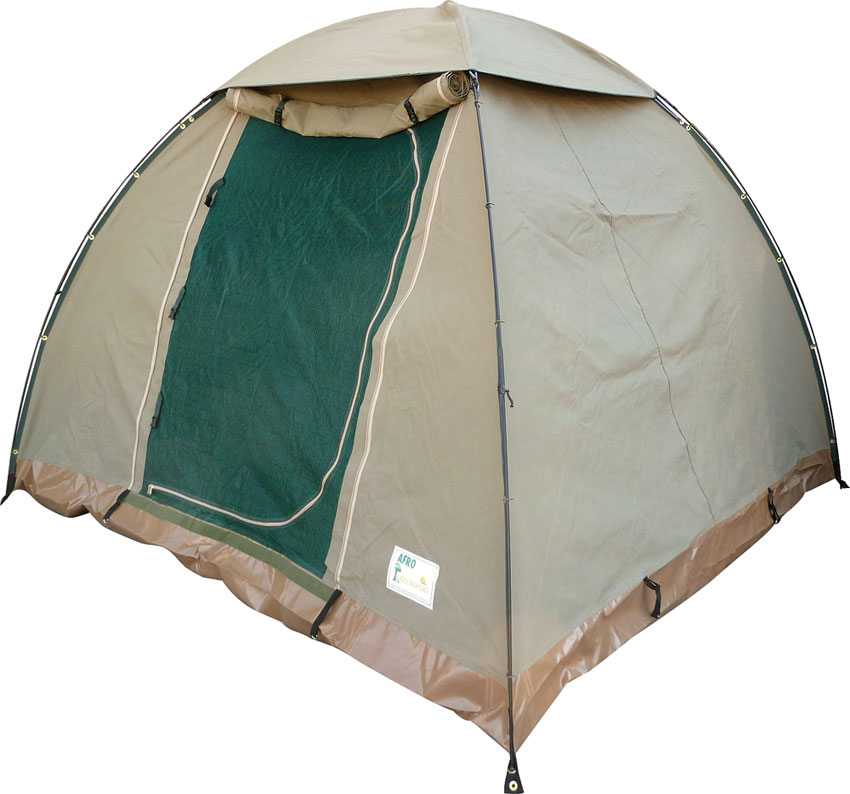Bird’s-eye view – Pearlspotted owl
August 28, 2012Journey into the Past – Herero
August 28, 2012by Christine Hugo
Anyone who has ever organised and packed for a 4×4 safari will appreciate the amount of planning and effort that goes into such an excursion. When friends invited us to go camping for one evening 60 km north of Windhoek, we expected a leisurely afternoon drive. We were in for a pleasant surprise.
Turning west from the busy highway between Windhoek and Okahandja, we were impressed by the immediate transition from crowded civilisation to absolute tranquillity. The Bergquell farm track forms part of a 120-km 4×4 trail that runs over two neighbouring farms, Okapuka and Teufelsbach.
The complete journey takes about three hours by 4×4, covering rough, rocky terrain and thick sand alternatively. Not even the most experienced 4×4 junkie would be able to discard this as a “sissie” experience.
En route to the farmhouse/reception for directions to the campsite, we were already treated to fields of multi-coloured wild flowers and luscious green veld – the result of a few good showers at the start of the rainy season. To add to the idyllic scene, horses grazed lazily in the grass.
Armed with a map and general directions we set off, driving through a riverbed to the beginning of the trail. Before long we were in full 4×4 mode. Very steep and rocky, the track had to be tackled slowly and carefully. The vehicles literally crawled up the mountain, requiring full concentration from the drivers while allowing passengers to inspect the interesting vegetation and tiny miracles brought about by the rain.
A yellow carpet of devil-thorn flowers stretched as far as the eye could see. We were even treated to the sight of a large herd of kudu. The animals were as astounded to see us as we were to see them.
However, the biggest surprise came as the landi laboured over the crest of the last hill and we were greeted by a breathtaking panorama stretching out forever over the unspoilt hills of the Khomas Hochland. There, perched on what seemed like the edge of the world, was the Black Eagle Camp.
The general braai and “dining” area, built of natural rock and wooden material, consists of a cement floor with a roof resting on a stone wall and pillars. This was much appreciated, since it started raining just as we settled down with our sundowners to enjoy our wonderful discovery. The ablution facilities are immaculately clean and built in the same natural style, complete with warm water (donkey heated), a flush toilet and quaint windows, allowing full appreciation of the beautiful view. Level cement platforms among the bushes made pitching tents very easy.
Some campers got up at the crack of dawn to climb a nearby koppie, because after breakfast in the cool, post-rain morning, it was back to jobs and deadlines. There is no question about the value of this full-on safari experience, so close to Windhoek, and with so little effort. We will definitely be back soon to visit this little piece of paradise half an hours’ drive from Windhoek to see what the rest of the trail has to offer!
 This article was made possible by Cymot Namibia
This article was made possible by Cymot Namibia
This article appeared in the Feb/March ‘04 edition of Travel News Namibia.



1 Comment
I enjoy the content on your site. Thanks a bunch!